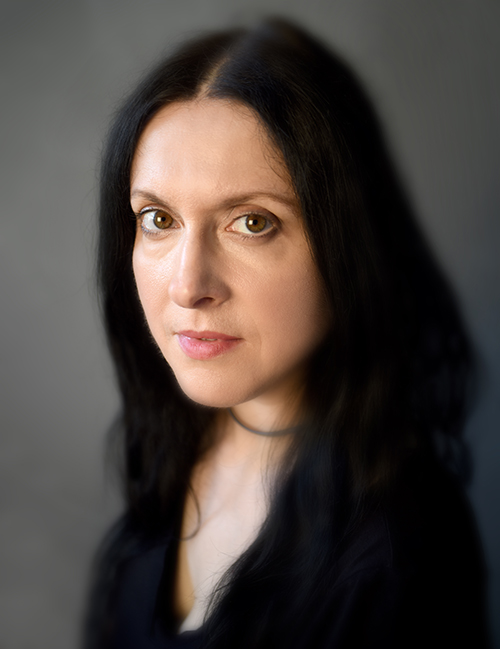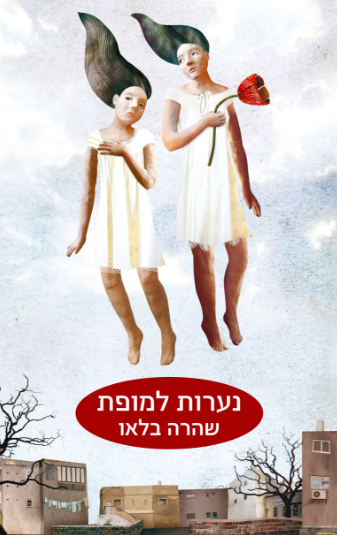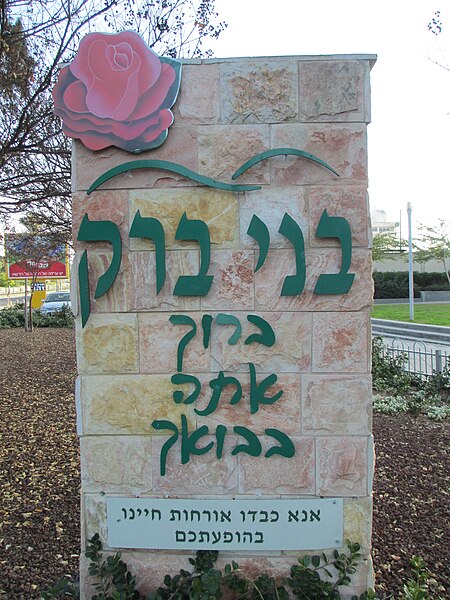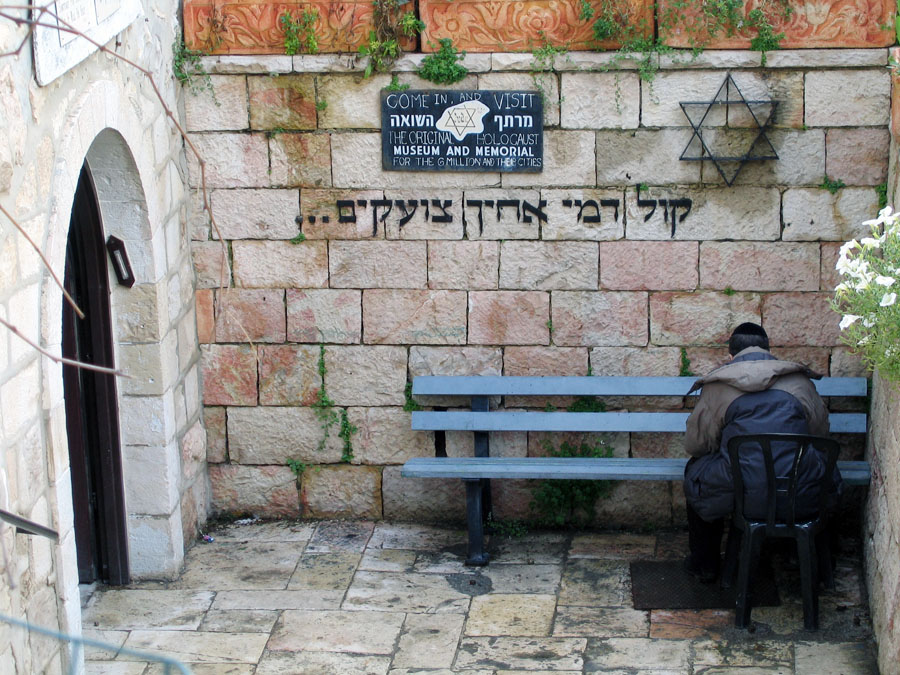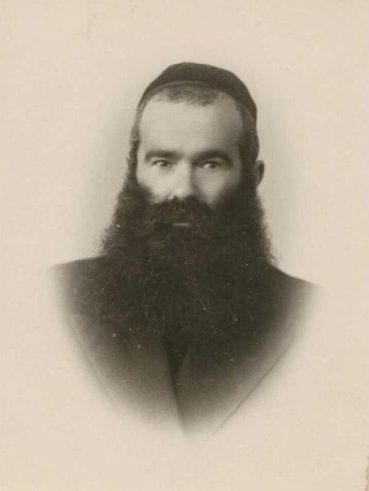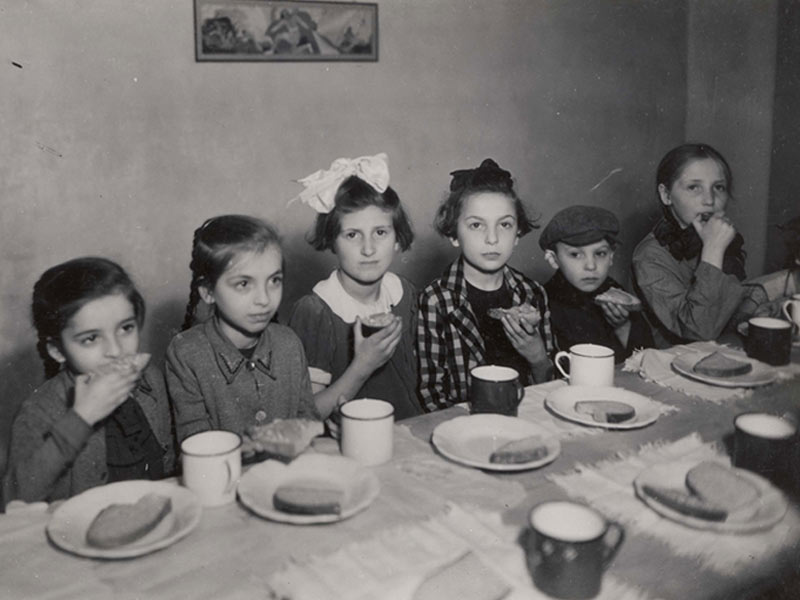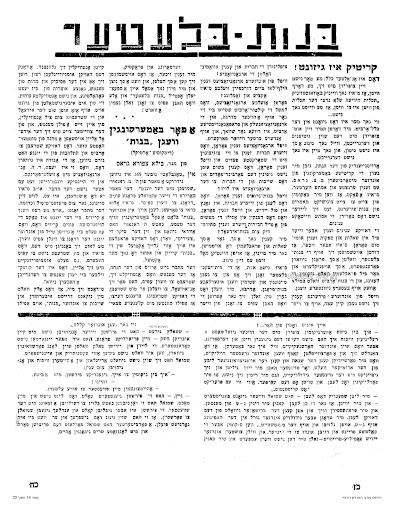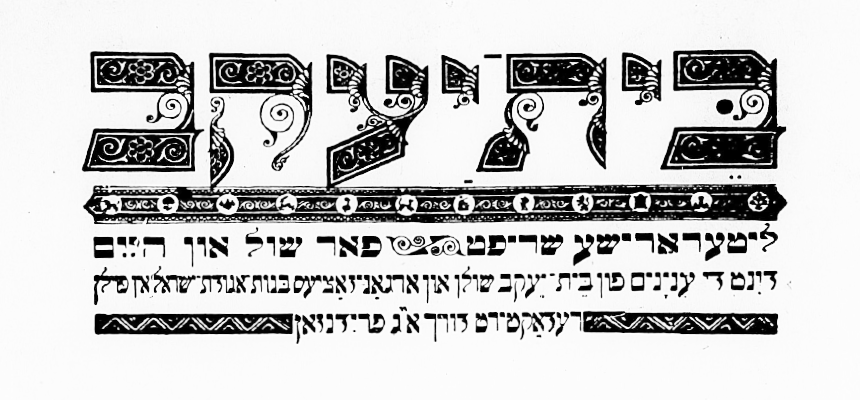
A few months before my book on Bais Yaakov was published, I was invited to lecture on the subject at Concordia University. A week or two before I arrived in Montreal, I got an email from Naftali Cohn, a Jewish Studies Professor at Concordia. He told me that his grandmother (Devorah Cohn, née Epelgrad) had been a student of Sarah Schenirer and that he had some documents and photos he was willing to share. The book was already in press, and it included a few of the more interesting photos I had found on various digital archives—in particular the United States Holocaust Memorial Museum and the Ghetto Fighters’ Museum. But what Naftali had to share was something I hadn’t seen elsewhere: at least eighteen photographs related to Devorah’s time in Bais Yaakov, videotaped interviews with her, speeches she had delivered on Bais Yaakov, and more. This rich material documents the life not of one of the school’s founders or supporters but rather that of a Bais Yaakov student and teacher who followed the path available at the time—graduating from the seminary and setting out to teach in the small towns and larger cities of Poland. But to call her an “ordinary” student is misleading, given the ways that her enterprising character (perhaps encouraged at Bais Yaakov) led her through three classroom assignments and then helped her escape Poland at a moment of great peril.
Devorah Epelgrad Cohn’s beautiful and intriguing photos, with all this supplementary material, did more than capture an instant in the history of a school. These photos followed Devorah Epelgrad Cohn’s journey from the Krakow Teachers’ Seminary to the three towns in which she served as Bais Yaakov teacher – Ruzhan, Lechowitz, and Slonim (her hometown). Moreover, they covered ground I hadn’t seen elsewhere: a number of photos showed a trip she took with her seminary classmates to the Tatra Mountains, another showed the inside of a classroom, and another seemed to show the small room used as a teachers’ lounge. We have quite a few photos of school plays, but none aside from Devora’s had provided the title of the play. Naftali apologized that his grandmother had written on some of the photos (she also used the backs of others to provide names and/or dates), but no apology was necessary: these contributions of course greatly increased their historical value.

Since Naftali generously agreed to share this material, he and the Bais Yaakov Project team have been working to organize the material into an online “exhibit” that could capture at least some of the life of this Bais Yaakov girl, who had managed to preserve so much of her experiences and transmit it to her children and grandchildren. Thanks go, first
of all, to Naftali Cohn, for working with us over the past six years to organize the material, strategize about and write drafts of the exhibit, and then review what we had for accuracy. Others in the Cohn family also generously agreed to the legacy of Devorah Epelgrad Cohn being presented in this way. The Project Manager of The Bais Yaakov Project, Dikla Yogev, traveled to Montreal with me to work with Naftali after Eliza Lerman produced a draft of the timeline, and Petra Biddle-Gottesman helped bring it to completion. Most of all, thanks to Devorah Epelgrad Cohn, for being an eloquent transmitter of her own life story and the larger history in which she participated. We hope she would have approved of this further attempt to share her fascinating story.


First draft by Eliza Lerman. Edited by Petra Biddle-Gottesman, Naftali Cohn, and Naomi Seidman.

